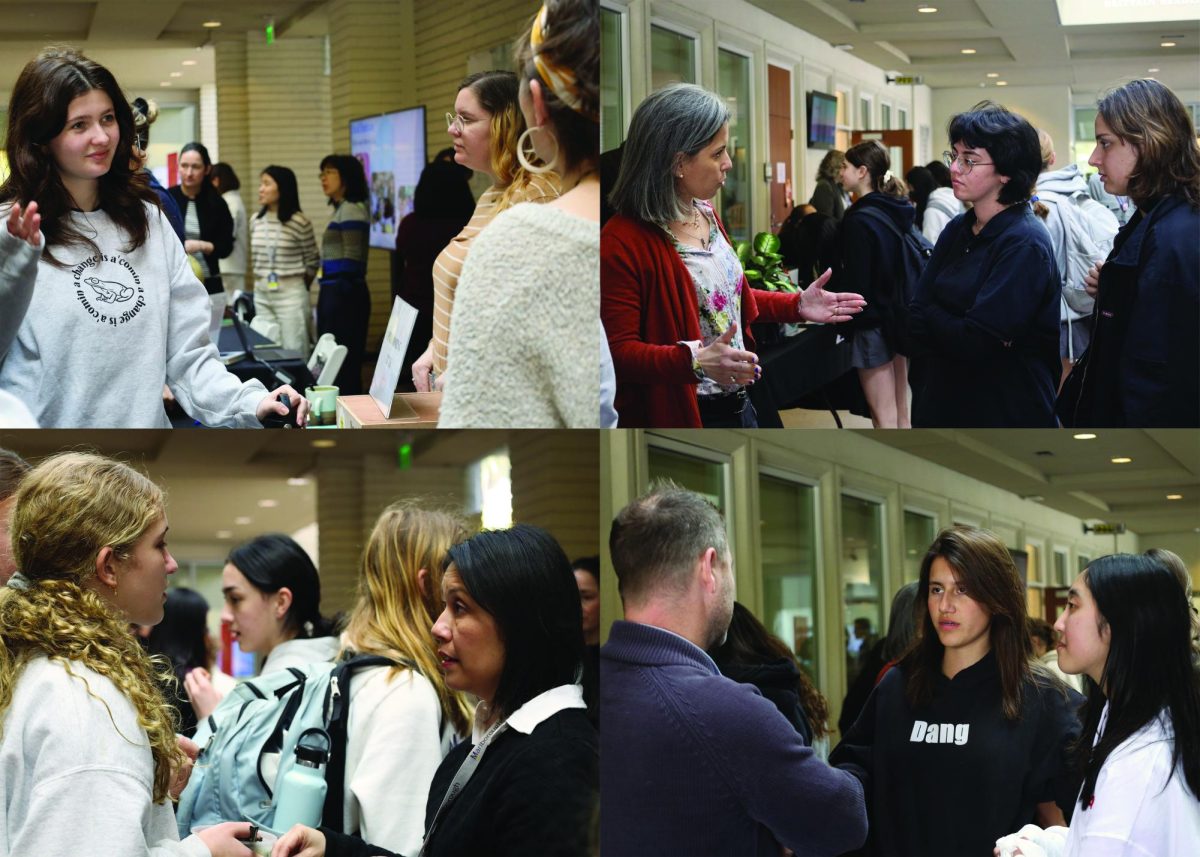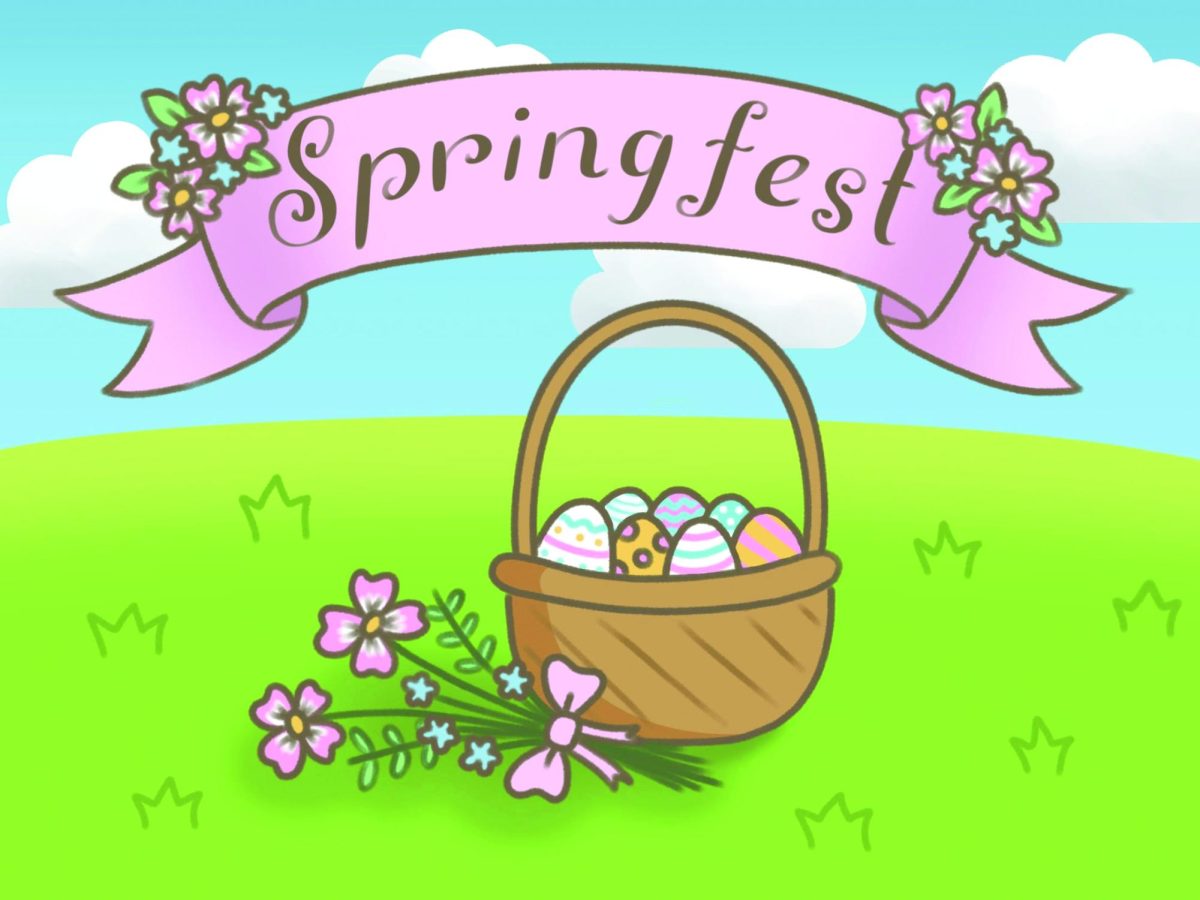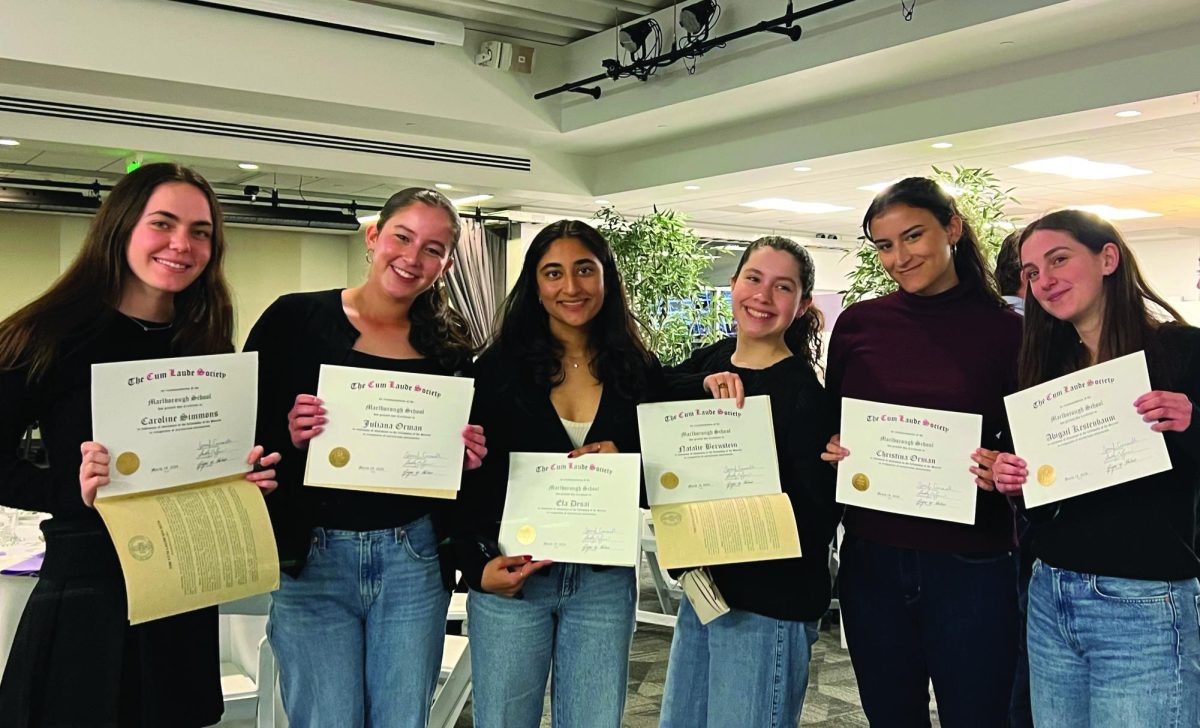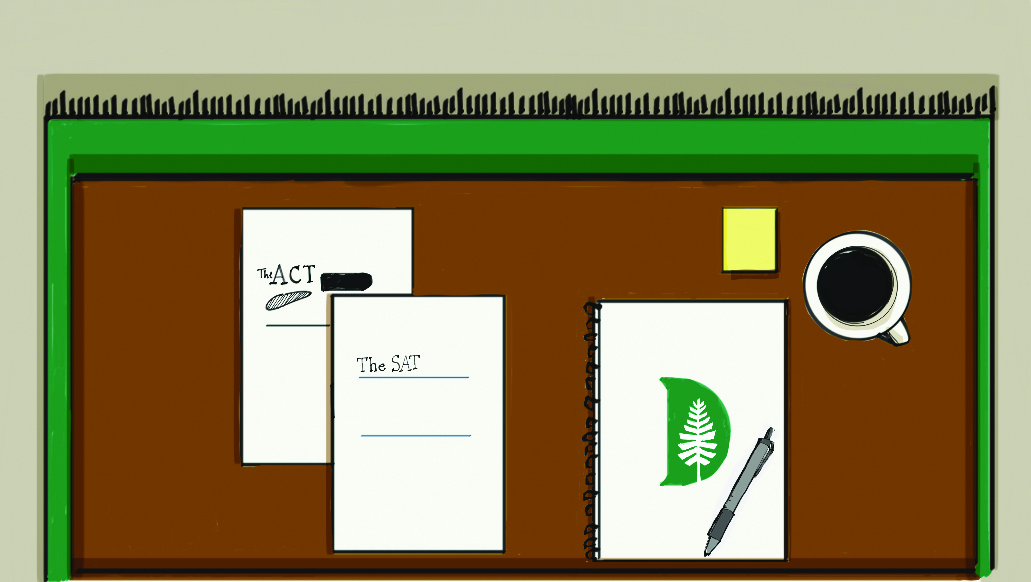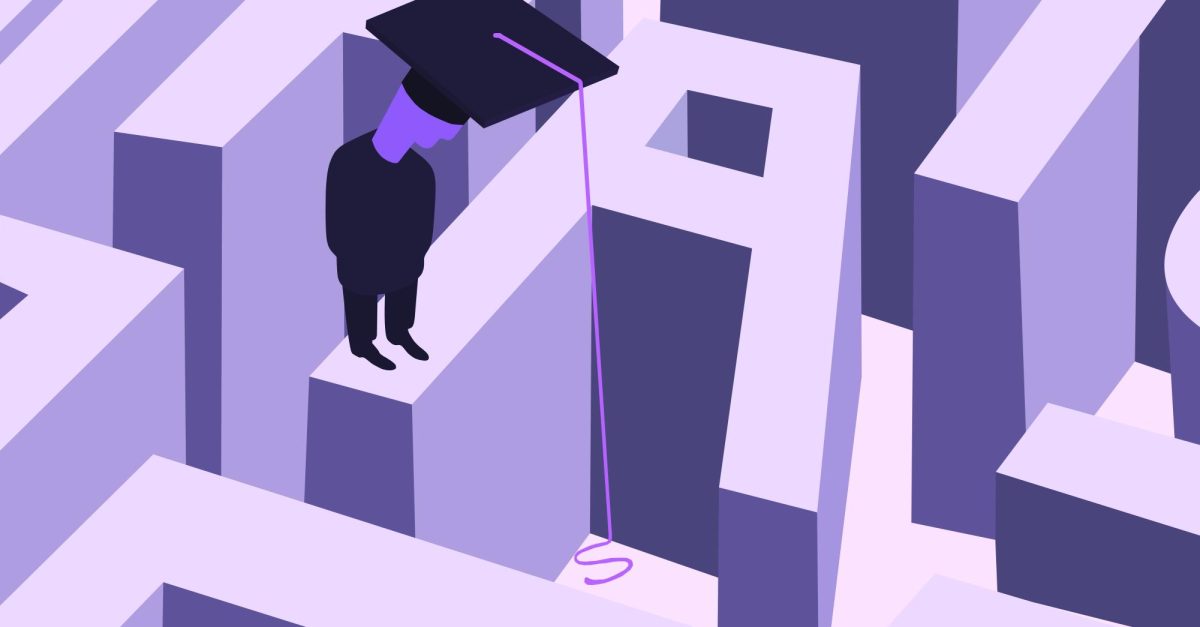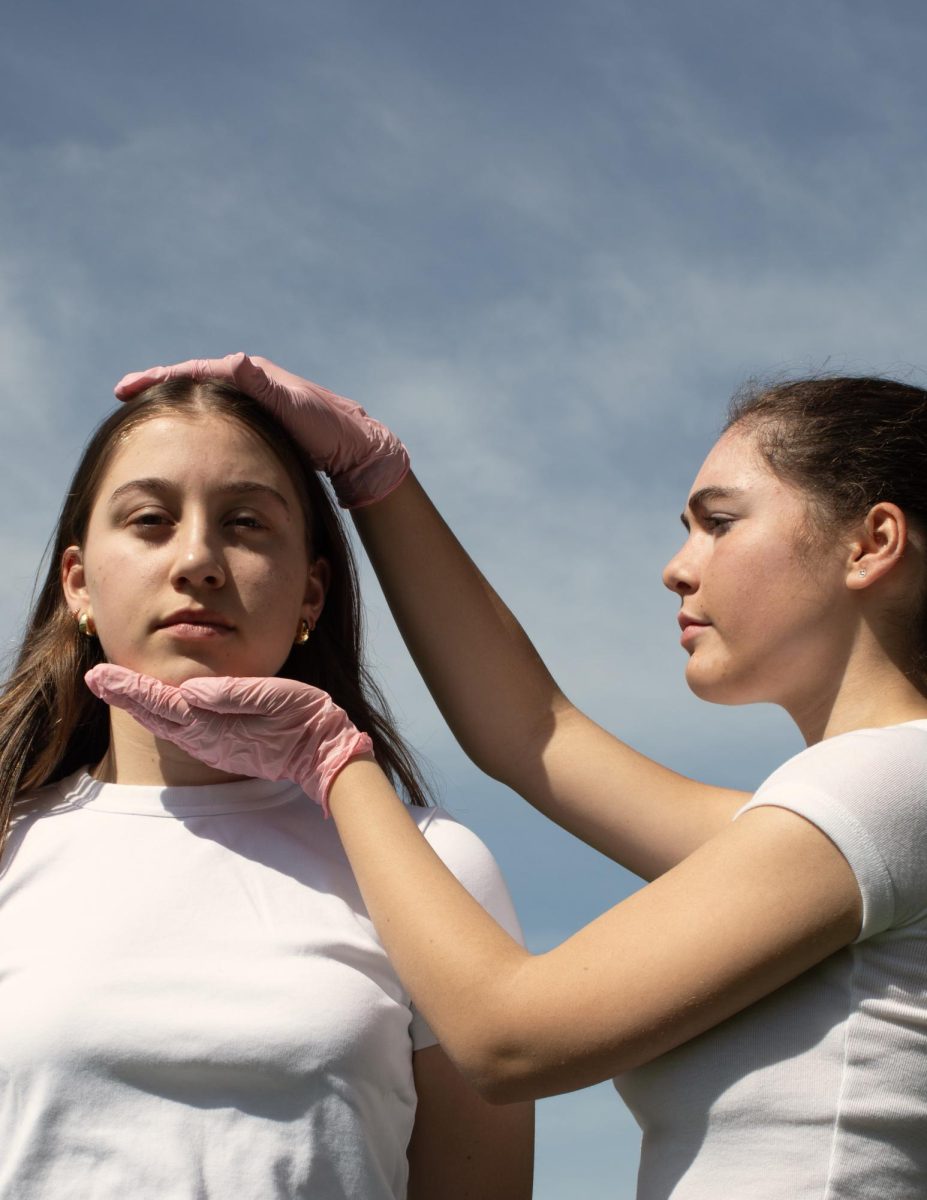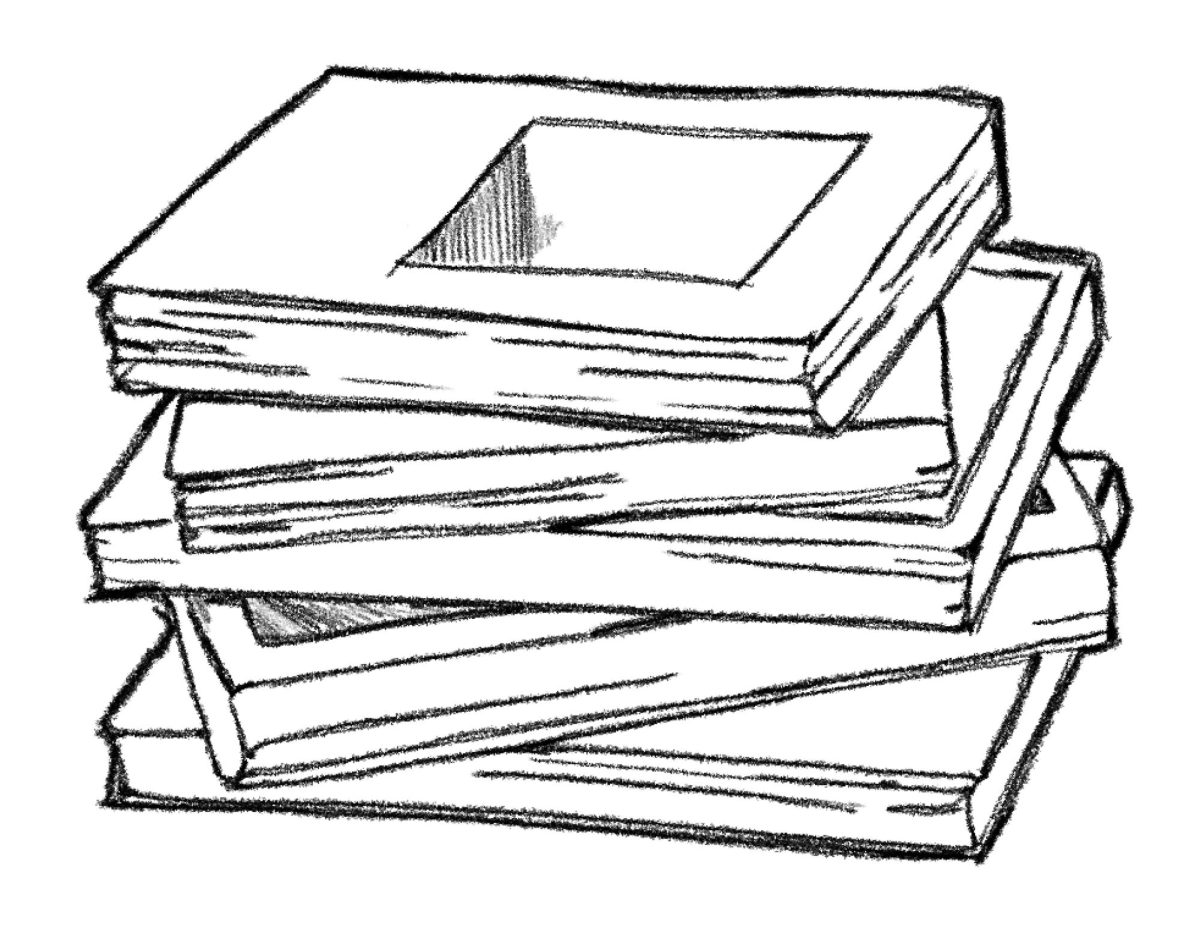
by Ali ’17, Clem ’17, Sarane ’15
In September, Michelle ’16 learned that mathematics instructor Deepender Singh and his wife were expecting a baby girl. Excited to hear and share in his joy, Michelle motioned to hug him, but she remembers Singh shying away from the gesture. Singh said that he does not remember the moment and that he would not have intended to reject the hug, though he professes to never having been a keen hugger. At the time, however, Michelle perceived the incident as an indication of increased boundaries forming between students and teachers in the wake of allegations of sexual abuse against former Marlborough teacher Joseph Koetters.
“That was a totally valid moment to have a hug or some sort of emotion brought. It made me really sad,” Michelle said.
Michelle’s story speaks to the community-wide examination of changes to student-teacher relationships as a result of Koetters’s actions. Overall, students and teachers said that the rapport between girls and faculty has remained strong. Some, like Michelle, commented on anecdotes that spoke to a newfound awareness of boundaries between students and teachers while others shared that student-teacher relationships have been fortified this year.
GETTING PAST AWKWARD
After learning this past summer about the allegations against Koetters, Marlborough faculty members and students said they worried about the potential change to student-teacher relationships, fearing that the openness that faculty and students enjoy at Marlborough would be lost. Although most said these fears have been assuaged, students shared that some negative outcomes have lingered.
Students and teachers said they anticipated challenges in reestablishing normalcy in the classroom following the events that took place over the summer, given the gravity of the article written by Mikaela Gilbert-Lurie ’13 and the ongoing investigation into Koetters’s misconduct.
“It was really weird, and no one knew where student-teacher relationships were going to fall at the beginning of the year and what limitations were going to be put on student-teacher relationships,” Josephine ’17 said.
Some teachers reciprocated feelings of worry and confusion at the beginning of the school year.
“The biggest challenge for me turned out to be this being a distraction, that this is very upsetting. I had to sort of push it out of my unconscious mind because when you are distracted you aren’t on your best game,” English instructor Chris Thompson commented. “And I felt like during the first semester, I wasn’t on my best game a lot, and there were a lot of times when my mind would wander, and I think that most of the second semester it hasn’t been that way, and it has felt like things have settled in that way.”
While students and teachers alike said they do not think that the scandal has left a lasting impact on the learning environment, some students observed that, on occasion, teachers seem to have created new boundaries.
“Teachers act a little bit differently and are more careful about what they say,” Brooke ’17 noted.
Several girls said that they have noticed teachers making more obvious efforts than in the past to keep the shades open and to sit across from, rather than next to, students during meetings in what some girls said they see as attempts by faculty to stress boundaries.
At the beginning of this year, Brooke had a meeting with history instructor Tom Millar. Instead of meeting in a small room, Millar suggested that they meet outside of the office. Although teachers may have made similar efforts before, students said that they have become more aware of boundary-setting.
The question of whether or not teachers should be allowed to hug students has surfaced this year as students and faculty become more conscious of boundaries. Although the School’s official policy does not prohibit hugging, many girls reported hearing that a ban had been implemented this year.
Like Michelle, Jenny ’15 said that this new perceived boundary upsets her. Jenny shared a story of her friends’ encounter with Marlborough teachers at a classical music concert. One teacher went forward to hug one of the girls but withdrew, explaining that teachers were no longer supposed to hug students.
“[My friend] was really sad because she knew that, if it was last year, then that teacher would have no problem hugging her. It was sad to hear that we couldn’t do the normal things,” Jenny said.
STRONGER RELATIONSHIPS
Members of the community said they believe that in the aftermath of the allegations against Koetters, relationships between students and faculty have strengthened, with many students remarking that they have gained appreciation for the School’s teachers.
Students, teachers and administrators have said that despite any initial awkwardness at the beginning of the year, overcoming discomfort to discuss sensitive issues together has strengthened bonds.
“I think that it has been an opportunity for students and teachers to have conversations that they haven’t had in the past. While it’s been difficult in some ways, I do think we’ve all shared this experience together as a community and the students and teachers have both gone through a difficult time together. Anytime you have a shared experience like that, you are brought closer together,” Head of Middle School Robert Bryan said.
Members of the community said that, though they were concerned that allegations of Koetters’s misconduct would create barriers, the community of students and teachers remains tight-knit.
“That kind of friendliness and the openness between faculty and students here, which is one of the strengths of the school and traits of the community, clearly didn’t work all the time, but almost all the time it works. I was a little bit nervous that examining that and going through training would swing the pendulum too far the other way where there’s a lot of distance between students and faculty. I don’t think it has worked out that way,” 10th Grade Dean and history and social sciences instructor Tom Millar said.
Girls said that relationships have also been strengthened as they have come to trust their teachers and recognize that they are good people who will maintain safe boundaries within and outside of the classroom.
“I think a lot of people were concerned about their own safety, but most of our teachers are great people, as far as we know. We forget that the teachers hurt from this too,” Jenny said.
While relationships underwent minimal changes, students commented that the fact that so much has stayed the same speaks to the fact that student-teacher bonds were already very strong.
Even as the rapport between students and faculty remains robust, the community has devoted more attention to the kinds of boundaries and interactions that contribute to strong and safe relationships.
When asked about the most ideal relationship between a teacher and a student, many people used the word “mentor,” including incoming Head of School Priscilla Sands.
“What I really hope for is for all teachers to be mentors, and in many ways they are important guides…Teachers aren’t therapists and aren’t trained to be, but they’re on the frontlines, and if students have issues or concerns, it’s very often a teacher or advisor they turn to. And then if it’s a case of needing something beyond what that teacher can provide, they can help find the right person,” Sands said.
MOVING FORWARD
Moving forward with Sands, students and teachers alike hope to maintain strong student-teacher relationships through respectful boundaries and transparency.
Several members of the community voiced their hope that Sands’s leadership will help bring closure to and move away from the lingering awkwardness in student-teacher relationships stemming from the sexual harassment allegations against Koetters.
Millar, who served on the Search Committee that met with Sands, emphasized that Sands’s experience with all-girls schools will contribute to her ability to deal with the disturbances caused by the allegations against Koetters.
“[Sands has] been a head of school for a long time. You can’t be a head of school for a long time without running across situations where there are transgressions… She’s going to have experience,” Millar said.
In order for any current discomfort between students and teachers to subside, many feel that having a close relationship with Sands would be helpful in moving forward.
“I guess just a respectful relationship [with Sands] would be great over the years,” Julia Cardenas ’16 said, adding “It would be nice…for there to be more obvious efforts for her to get to know [the graduating classes],” Julia ’16 said.
Sands herself has stressed the importance of developing student-teacher relationships. In describing her own interactions with students at the Springside Chestnut Hill Academy, Sands spoke about making efforts to be welcoming to students.
“I’ve always enjoyed a very close relationship [with students]…I always try to make myself accessible. I have a very open-door policy,” Sands said, elaborating that her students are her priority.
In particular, students would like to see communication from the administration improve. Since most students have gotten their information about Koetters from the media, especially from articles by Gilbert-Lurie’s on XOJane.com or by Katie J.M. Baker on Buzzfeed, not from the administration, many would appreciate more direct and honest communication from the school itself.
“I would like [Sands and the administration] to be very blunt, not necessarily just honest. I really enjoy full disclosure…I would really like for information to be shared from the administration than for [students] to find out through the media,” Michelle explained.
Many view that Marlborough has endured as a community the consequences of the allegations against Koetters, leaving the community focused on moving forward with Sands and further strengthening teacher-student relationships.
“[Sands will] have an opportunity to bring this school together and move forward to the future,” Bryan said.

